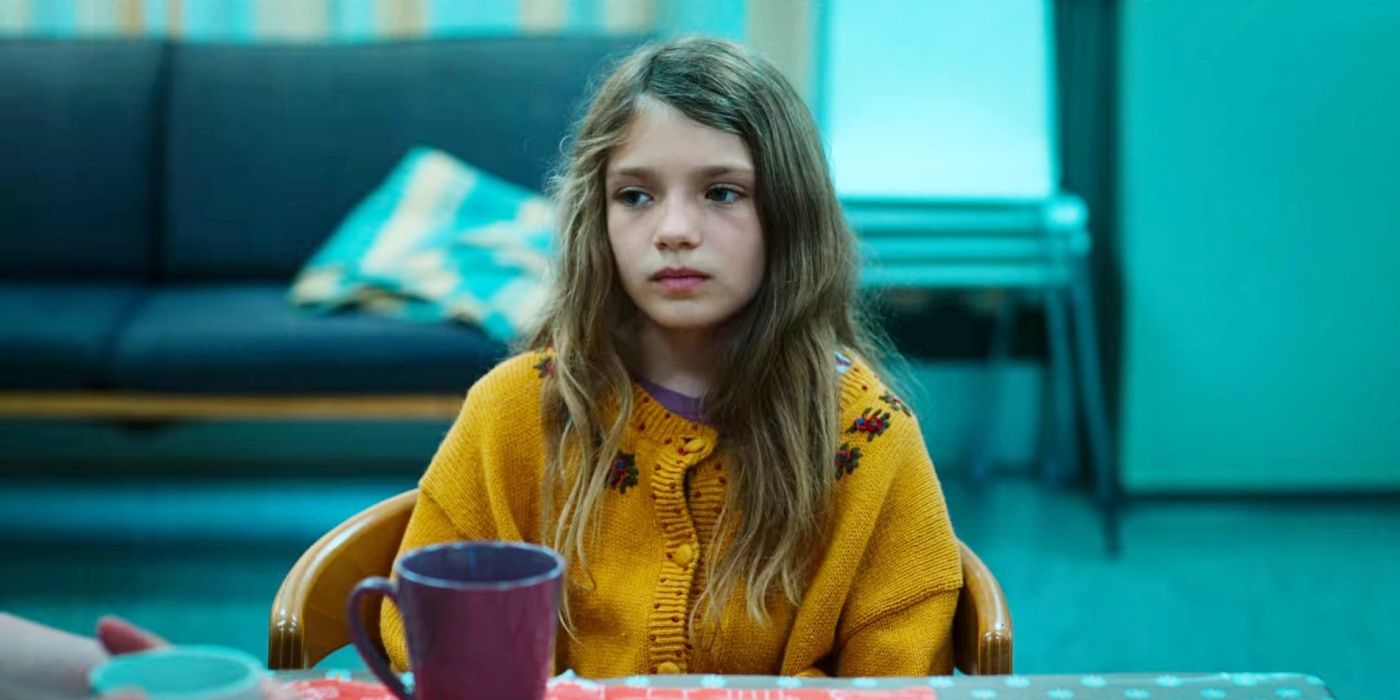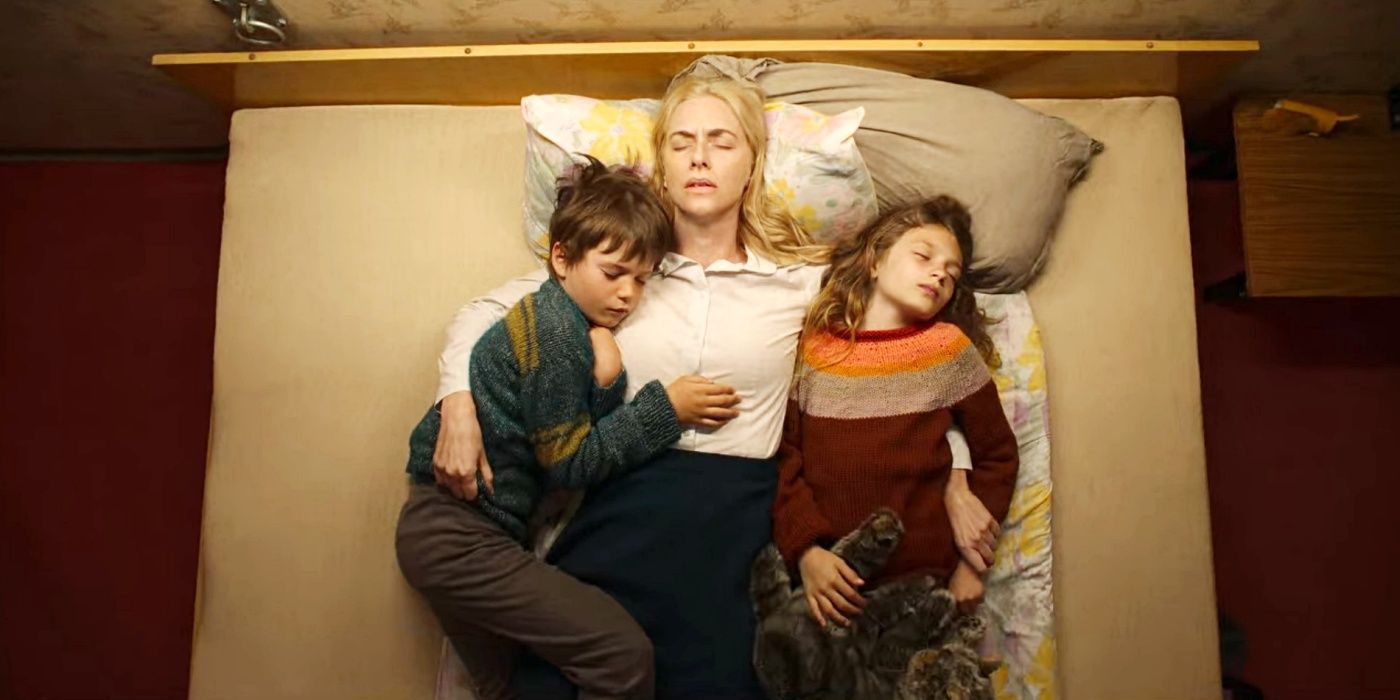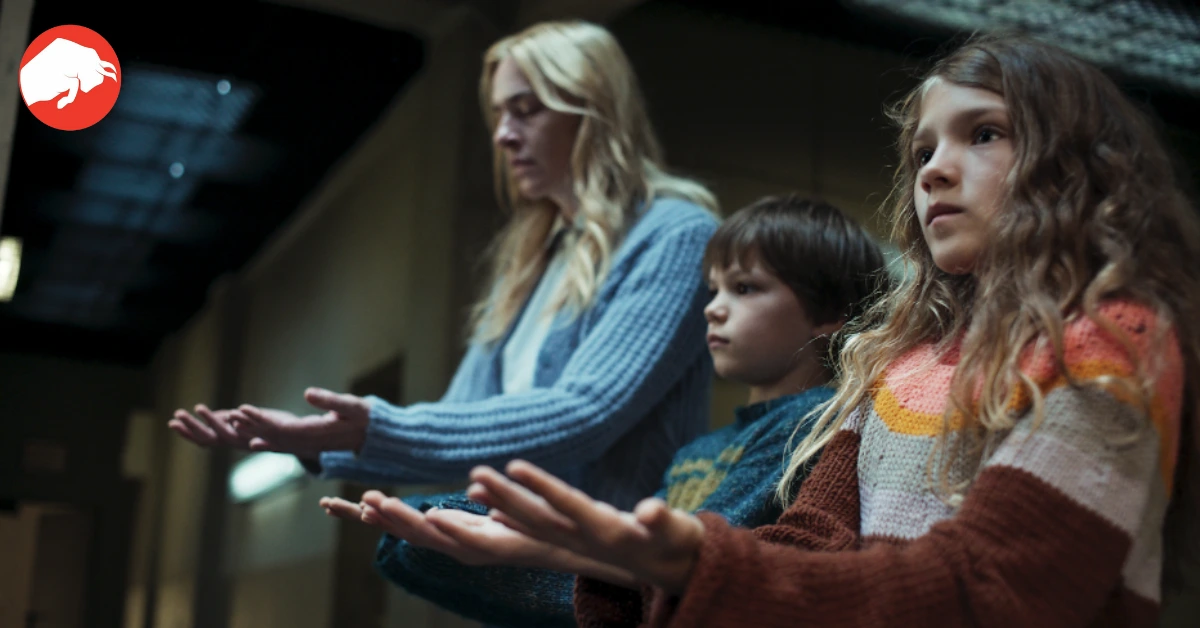With a gripping narrative that has kept many glued to their screens, Netflix’s “Dear Child” dives deep into a mysterious 13-year-old missing person case that reopens under perplexing circumstances. The German thriller doesn’t just capture the audience’s attention—it practically demands it. But with the plot feeling so palpably real, it begs the question: is “Dear Child” rooted in reality?
The Cast and Their Riveting Performances
At the heart of this engrossing series is a stellar ensemble cast. Kim Riedle stars as Lena, the woman who mysteriously vanished years ago. Her story takes a dramatic turn when she’s found, having narrowly escaped a captor, only to be hit by a car. This traumatic event leaves Lena in a coma, setting off a whirlwind of events. Among the cast, we also find Hans Löw portraying Gerd Bühling and the talented Naila Schuberth playing the enigmatic Hannah. Young Hannah claims to be Lena’s daughter and, as viewers quickly realize, she’s hiding a trove of secrets.

But it’s not just Lena and Hannah’s story that captivates. With Sammy Schrein as Jonathan, Justus von Dohnányi as Matthias, Julika Jenkins playing Karin, and Haley Louise Jones as Aida Kurt, each character adds a layer of complexity to the unraveling mystery.
The Fictional Realm of “Dear Child”
Many, after being immersed in the plot, might wonder about its roots in reality. However, those searching for real-life parallels can breathe a sigh of relief. “Dear Child”, despite its authentic feel, isn’t a recount of real events. While there have been distressing true crime incidents that share a passing resemblance, the harrowing events of this series remain in the realm of fiction, designed solely for the viewer’s enthrallment.

The Literary Inspiration
While the TV narrative isn’t drawn from real events, its inspiration can be traced back to literature. “Dear Child” is an adaptation of the 2019 novel penned by Romy Hausmann. The original German title, “Liebes Kind,” translates to “Dear Child” in English. It’s a testament to the book’s gripping nature that the series’ director and primary writer, Isabel Kleefeld, consumed the novel in a single night. She was so compelled by the narrative that she immediately envisioned it on screen. In her words:
“Dear Child is told from the point of view of each of the participants, and the perspective changes again and again. The result is an exciting game with reality, a puzzle that the audience can always add to and reassemble. It is the story of a crime that has many victims, directly or indirectly.”
The series, much like the book, weaves an intricate tapestry of viewpoints, creating a thrilling game of reality that challenges and engages viewers at every turn.









